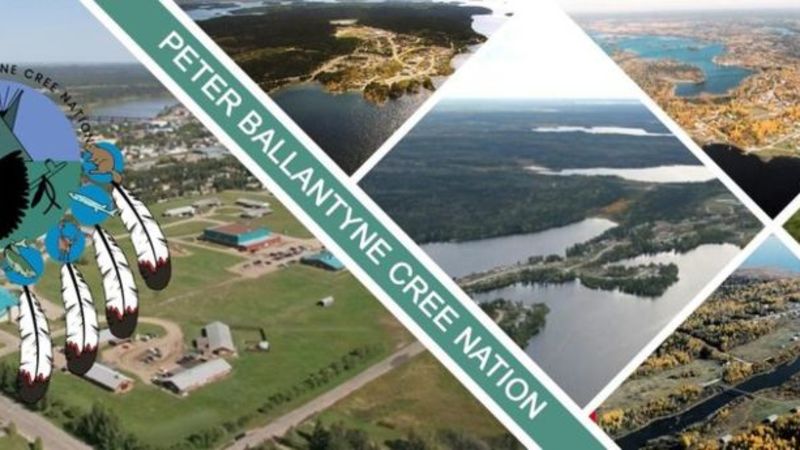
Caution urged as mining companies eye critical minerals below Quebec boreal forest
MONTREAL — About one million square kilometres of Quebec is covered by boreal forest, roughly 70 per cent of the entire province. In the north, where ecosystems are less likely to have been altered by human activity, those forests have been accumulating and sequestering immense quantities of carbon for centuries.
“In the boreal environment, the forest decomposes very slowly, even more slowly than in the tropics,” said Xavier Cavard, who holds a research chair in forest carbon management at the Université du Québec en Abitibi-Témiscamingue. That means that instead of being released into the environment as carbon dioxide, carbon remains in the soil as dead organic matter. “Indeed, since the boreal forest has a huge surface area, it plays a major role in carbon sequestration at the global level,” Cavard said.
Alison Munson, a professor of forest ecology at Université Laval, said the amount of carbon trapped in soils around James Bay needs to be a factor when resource extraction projects are contemplated. “Before exploiting this region, we must not only consider the forest but also the soils,” she said.
It is what lies beneath these soils — including critical minerals such as lithium used to manufacture batteries — that has mining companies eyeing the region. Currently, there are nearly 400 mining exploration projects in the boreal forest of the Eeyou Istchee, the traditional lands of the James Bay Cree. It is unclear how many of these will result in operating mines in the coming years, but there is potential, and the government wants to take advantage of it.


